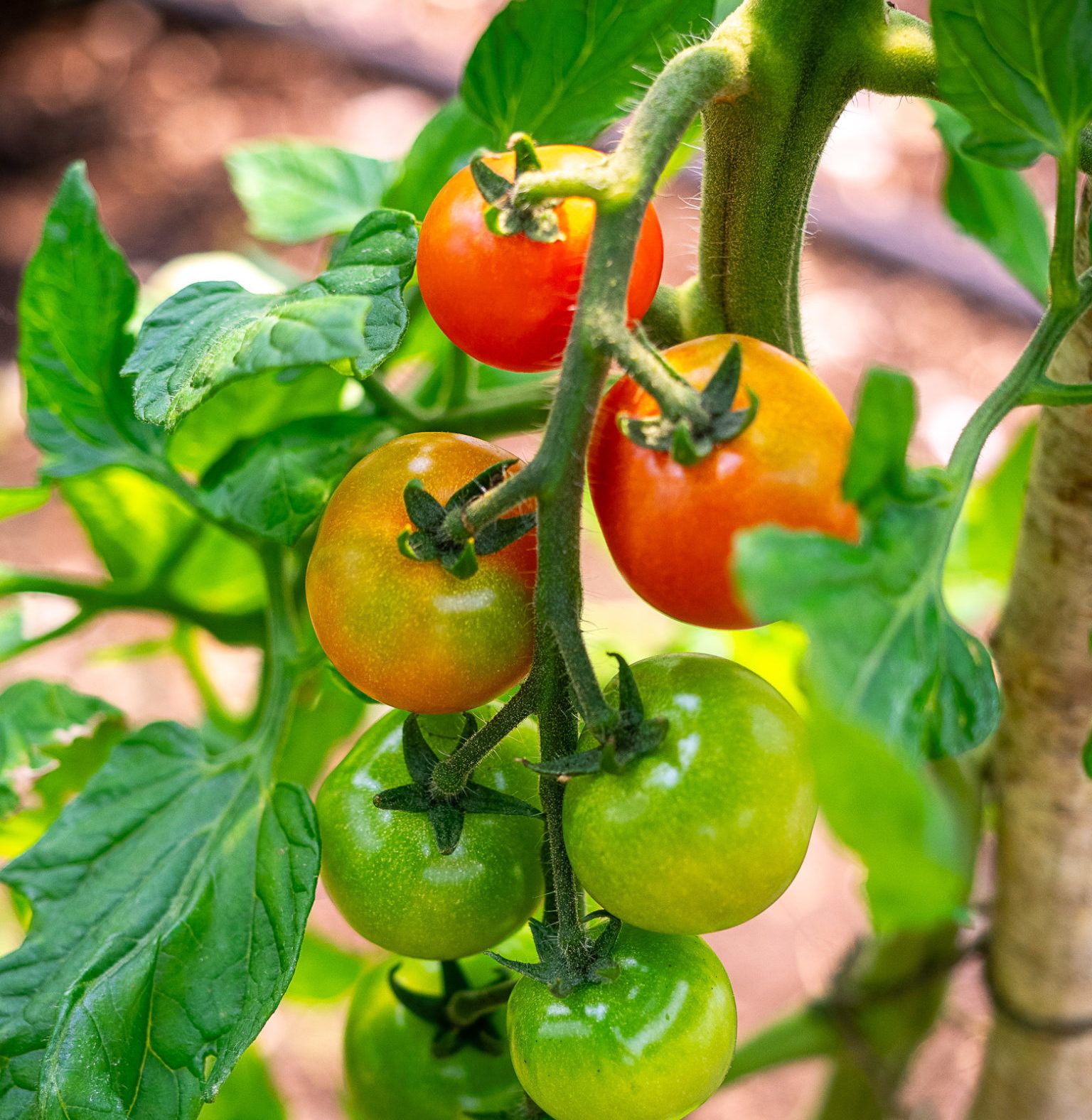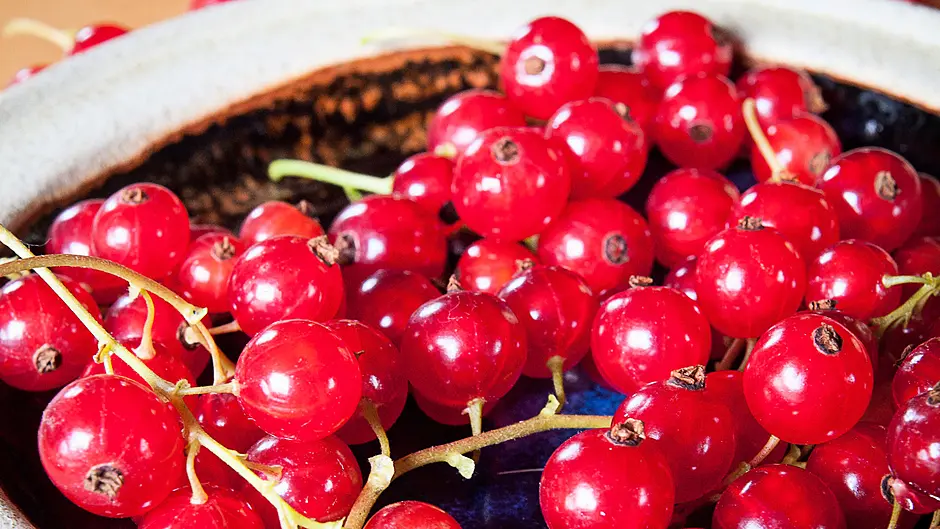THE weather has finally perked up and we have enough heat to make it feel like summer. It’s lovely to spend dry fine days out in the garden and the produce should be rolling in.
Of course, the odd day of rain is nice too and if these don’t arrive, then there is more watering to do. Just cast your mind back to the long wet days when we didn’t see much sun and you will soon start celebrating a garden that needs watering.
Don’t let the garden completely dry out before you start to water and, if supplies are limited, save watering for plants in pots and containers or small plants that haven’t yet established a good root structure. Larger plants, like trees and shrubs, can survive on water at deeper levels in the soil and I’m sure we will get a downpour, before too long, to give everything a good soaking.
Berries galore!
Soft fruit bushes really come into their own through the month of July. Redcurrants ripen first, followed by blackcurrants and then raspberries and gooseberries. A lot depends on which variety you are growing, so some will ripen earlier and others later.
Keep picking the fruits as soon as they ripen. I pick individual ripe berries rather than letting the whole cluster ripen before picking. This is less important if the weather is dry – heavy rain can burst berries and knock them from the bushes. Picking small fruits is a fiddly business, but the results are worth it. Pick a bowl of berries to go with your breakfast cereal or more to make a delicious dessert. Keep picking and freeze any surplus.
Berries store well if spread on a tray to freeze before bagging up – this means the berries don’t freeze in clumps and you can pour out as many as needed.
Onions
These are shallow rooting plants and they like plenty of moisture in order to swell good-sized bulbs. If you have grown them through a black plastic mulch, poke down to feel that the soil underneath is damp enough. It’s worth getting what water you can onto the onion bed – if this involves making more holes in an impermeable mulch, or pushing a hose pipe underneath, the water won’t be wasted.
Spring-planted sets should have plenty of strong green leaves and the stems should be thickening into bulbs. Plants won’t be lifted for a few more weeks and there is time for small bulbs to grow into bigger ones. Keep the bed weed-free if possible to reduce competition for nutrients and moisture.
I usually lift my spring-planted onions at the end of July, or early August, but it is important to watch out for signs of white rot on plants from now on – if white mould appears around the roots, then the whole lot should be lifted. Hopefully, this isn’t a significant problem this year and onions can be left to grow for as long as possible.
Some plants will bolt and push up a hard core with a bud at the top. Nip these out as soon as you see them. The resulting onions will have a hard centre, that you won’t use, but the rest of the onion can be perfectly usable.
Tomatoes
 Tomatoes starting to ripen. (Photo: Ben Russell)
Tomatoes starting to ripen. (Photo: Ben Russell)
Keep nipping out side-shoots and tie stems to supports. There should be lots of trusses forming up the stem and lower trusses will have some nice green fruits. The fruits start to ripen from the top of the truss down and gasses given off by ripe fruits help other ones to ripen. Allow this process to happen naturally and don’t be in too big a rush to strip off the first ripe tomatoes. If you leave them until the ones lower down are starting to change colour, then you are well on the way to a steady and sustainable ripening process.
Check lower leaves on tomato plants and remove any that are discoloured, curled, or show signs of disease. You can remove quite a lot of lower leaves as long as there are plenty further up the plant to sustain fruit production. This allows air to circulate and light can reach ripening trusses.
Keep soil damp and use a seaweed-rich liquid feed every 10 days or so, to keep plants healthy and productive.
Winter greens
If you haven’t done so already, get your kale, broccoli, Brussels sprout, cabbage and cauliflower plants into the ground. These plants do best with a cool, damp, root-run and they will not thrive if left to swelter in small pots.
Leeks can go into the ground too. Make a hole for each plant and water it in – it’s the part that’s below ground that will make the white stem. You can always ‘earth up’ as plants grow if you want to make the white part longer.








